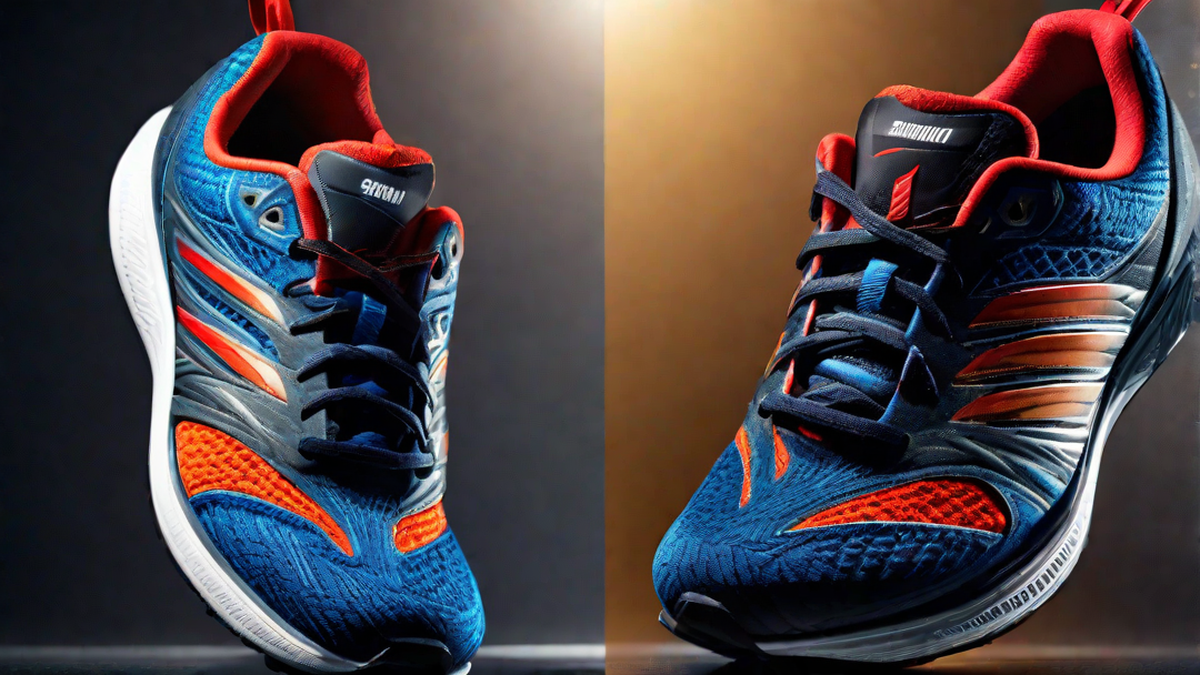When it comes to choosing the right pair of running shoes, one of the factors that often gets overlooked is the “drop.” Now, you might be wondering, what exactly is a drop in running shoes? Well, let me break it down for you.
The drop of a running shoe refers to the difference in height between the heel and the forefoot of the shoe. In simple terms, it is the measurement of how much higher the heel is compared to the forefoot. This measurement is typically given in millimeters.
Now, you might be thinking, why is the drop of a running shoe important? Well, the drop can have a significant impact on your running mechanics and overall comfort. A shoe with a higher drop, say 10mm or more, encourages a heel-striking running style. On the other hand, a shoe with a lower drop, typically around 4-8mm, promotes a more midfoot or forefoot striking pattern.
Personally, I have found that running in shoes with a lower drop has made a noticeable difference in my running form. I used to be a heel-striker, but after switching to shoes with a lower drop, I have naturally transitioned to a more efficient midfoot strike. Not only has this helped to reduce the impact on my joints, but it has also improved my overall speed and running economy.
It’s important to note that transitioning to a lower drop shoe does require some adjustment. Your calf muscles and Achilles tendon may need time to adapt to the increased demand placed on them. Therefore, it’s essential to gradually increase your mileage in lower drop shoes to avoid any potential injuries.
When shopping for running shoes, it’s crucial to consider your running style, foot strike pattern, and personal preferences. Some runners may find that a higher drop shoe provides the cushioning and stability they need, while others may benefit from a lower drop shoe that encourages a more natural running gait.
So, how do you determine the right drop for you? The best way is to visit a specialty running store or work with a knowledgeable salesperson who can analyze your running gait and provide personalized recommendations. They can assess your foot strike and make suggestions based on your individual needs.
Remember, there is no one-size-fits-all answer when it comes to choosing the right running shoe. What works for one person may not work for another. It’s all about finding the shoe that feels comfortable, supports your running mechanics, and helps you achieve your running goals.
In conclusion, the drop of a running shoe is an important factor to consider when selecting the right pair for you. It can have a significant impact on your running form, comfort, and overall performance. Whether you prefer a higher drop or a lower drop shoe, the key is to find what works best for your individual needs and running style. So, lace up those shoes, hit the road, and happy running!

